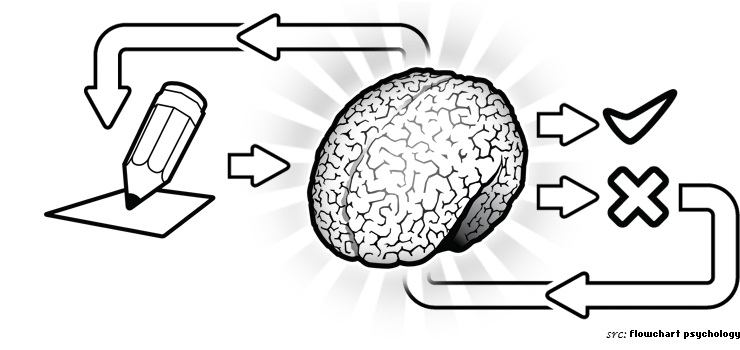

Choreographic cognition refers to the cognitive and mental processes involved in constructing and refining movement material with the intention of creating a work of art.įrom the point of view of experimental cognitive psychology, choreographic cognition is a complex and problematic phenomenon as the underlying processes are hidden, rapid, multimodal, and non-verbal. In 1999, as the Unspoken Knowledges research team observed choreographer Anna Smith and her team of dancers create, experiment with and refine movement material for what was to become Red Rain, we coined the term “choreographic cognition” (Stevens, McKechnie, Malloch, & Petocz, 2000a,b). Here we outline responses and reactions from audience members who had relatively little experience with contemporary dance and suggest ways in which information and perhaps the tool itself might engage new audience members’ interest in contemporary dance. The ART has been administered to over 300 audience members after they had watched different performances of Anna Smith’s Red Rain or Sue Healey’s Fine Line Terrain (Healey, 2004). In the second part of this paper, we describe a new psychometric instrument developed to measure cognitive, affective and aesthetic responses to contemporary dance-the Audience Response Tool (ART). Our current industry-supported research project, Conceiving Connections, includes the Australia Council as an industry partner and focuses on the psychological responses of audience members-both novices and experts-to contemporary dance. A detailed analysis may be found in Stevens, Malloch, McKechnie & Steven (2003). In the first part of this paper we summarise the findings of our analysis of this particular creative journey. The interactive nature of choreographer and dancers working together to develop a work ensured the recording of discussions and the sharing of ideas both in words and movement. The video and written data present a rare glimpse of artists at work as they conceive, develop, reject and refine movement material for a new work, Red Rain. One aim of the industry-funded research partnership was to provide lengthier periods of creative time, comparable with that enjoyed by Germany’s Pina Bausch, France’s Maguy Marin and America’s William Forsythe. A costly but short-lived production most often results. Composition and preparation in Australia is assigned, most often, three to four weeks with little recognition of the need for time to explore, test, and revise creations. The research project, Unspoken Knowledges, was motivated by the observation that the creation and development of significant works takes time.
#Psychological processes. professional
The large amount of video material as well as journal notes document a nine-month project led by choreographer Anna Smith and seven highly experienced professional dancers. Implications of the ART results for industry and ideas for further research are discussed.ĭuring 19 a collaborative research team in Australia involving the Victorian College of the Arts, dance industry partners (Australian Dance Council, The Australian Choreographic Centre), and researchers from MARCS Auditory Laboratories at the University of Western Sydney captured on video the evolution of new dance works by two elite choreographers. The development of continuous measurement devices is also outlined. Themes and movement motifs that emerged as central to the creation of a new dance work (Anna Smith’s Red Rain) were echoed in interpretations of the work provided by expert and novice audience members. Methods include a case study of choreographic cognition and development and application of a psychometric instrument-the Audience Response Tool (ART)-to measure psychological reactions to dance. This paper describes different empirical methods and tools of analysis to investigate the cognitive processes involved in creating new movement material-choreographic cognition-and to capture psychological responses elicited by live performance of contemporary dance. Theories of cognition that have been developed and tested in the context of verbal patterns, in a single modality, with little consideration of temporal and cumulative processes are inadequate.

For example, choreographic cognition is non-linear memory for movement is non-verbal and kinaesthetic audience response is temporal, multi-modal and multidimensional.

It epitomises qualities of human behaviour that defy observation, measurement, and analysis. Dance is a rich, complex and challenging phenomenon for psychological science.


 0 kommentar(er)
0 kommentar(er)
